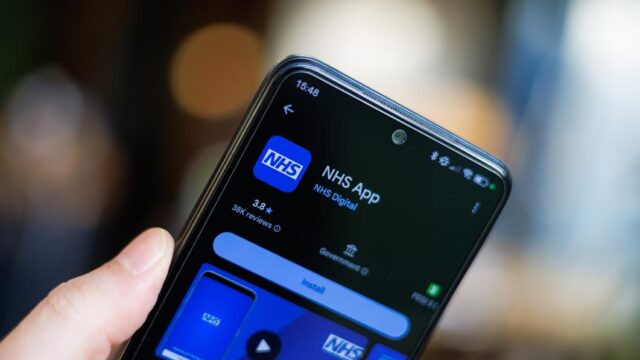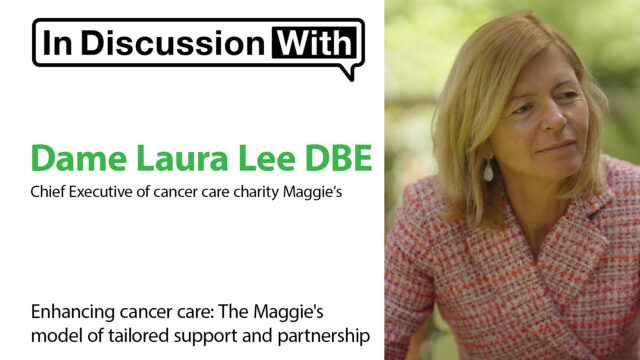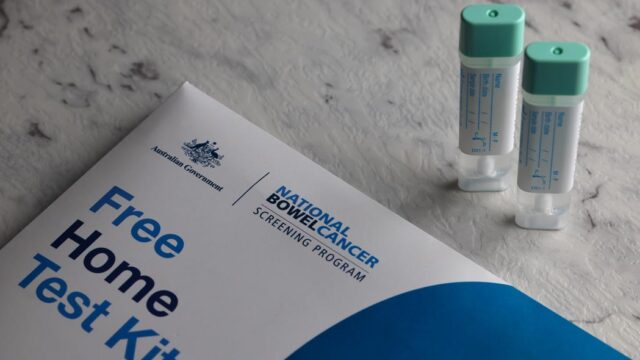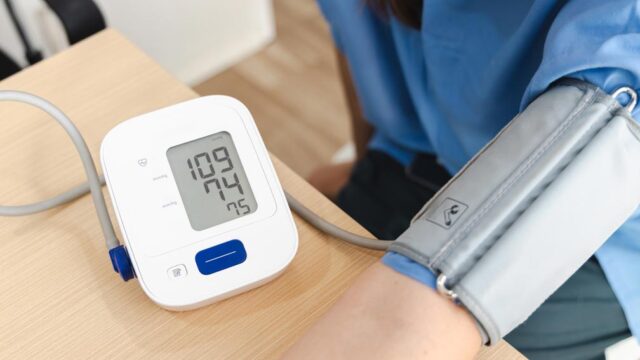Advertisment
RSV vaccines would greatly reduce illness if implemented like flu shots

Respiratory syncytial virus (RSV) vaccines recently approved for people 60 and older would dramatically reduce the disease’s significant burden of illness and death in the United States if they were widely adopted like annual influenza vaccines, a new study has found.
A high level of RSV vaccination would not only potentially reduce millions of dollars in annual outpatient and hospitalization costs but would also produce an economy of scale with individual shots being delivered at a relatively modest cost of between $117 and $245 per dose, the study said.
The vaccines are currently covered by most private insurers without a patient copay because they are recommended by the Centers for Disease Control and Prevention’s Advisory Committee on Immunization Practices. Some Medicare beneficiaries can also obtain the shots at no cost, but only if they are enrolled in Part D of the program, which deals with drug benefits.
“RSV causes substantial morbidity and mortality among the elderly in the U.S. and globally, but this is the first time that RSV vaccines have been available,” said senior author Alison Galvani, the Burnett and Stender Families Professor of Epidemiology (Microbial Diseases) at the Yale School of Public Health. “We wanted to understand the potential impact of RSV vaccination in terms of averting illness, medical costs, hospitalizations, and deaths.”
RSV is a common respiratory virus that causes mild cold-like symptoms in most people, who usually recover in one or two weeks. But older adults and infants are more likely to develop serious RSV, which can be life-threatening. The current study looked only at the potential impact and cost of RSV vaccines for older adults.
Two RSV vaccines, Arexy and Abrysvo, were approved by the U.S. Food and Drug Administration earlier this year. RSV disease causes an estimated 60,000 to160,000 hospitalizations and 6,000 to 10,000 deaths annually in adults 65 and older, according to the Centers for Disease Control and Prevention (CDC). As of Dec. 1, just 14.8% of people 60 or older in the U.S. said they had obtained an RSV vaccine, CDC records show.
In conducting their study, the researchers created a model for RSV outcomes based on characteristics of the U.S. population 60 or older. Measured outcomes included the annual incidence of cases per 100,000 people requiring outpatient, inpatient, and intensive care, and the death rate for hospitalized patients. The researchers then calculated the medical care costs for these outcomes and lost productivity.
The researchers analyzed how these outcomes would be reduced if 66% of adults 60 and older received an RSV vaccine. That is the typical influenza vaccination coverage for adults 65 years or older in the U.S.
“It would be great if we could achieve even higher levels,” said Galvani, who also serves as the director of Yale’s Center for Infectious Disease Modeling and Analysis. “But if we can achieve that for flu, it makes sense that would be feasible for RSV vaccination as well.”
For comparison, the researchers also analyzed the impact of 100% RSV vaccination coverage. In each scenario, they factored in the efficacy of the vaccine at preventing the need for medical care and death. They looked at the impact of these levels of RSV vaccination over one year and then over two years.
They found that 66% vaccination coverage in the first year reduced outpatient care by 41.4% to 53.6%, hospitalizations by 57.6% to 60.5%, and RSV-related deaths by 58.5% to 60.4%.
Increasing vaccination coverage to 100% reduced outpatient care by 62.9% to 81.2%, hospitalizations by 87.4% to 91.7%, and deaths by 87.6% to 91.3%.
Based on these numbers, the maximum cost-effective price per dose for one season at 66% coverage was $118 to $127. The difference was small — $1 to $3 — for 100% coverage.
With the annual cost savings achieved from vaccination, a program where 66% of adults 60 and older are vaccinated for RSV would cost the U.S. health care system $6.4 to $7.1 billion for one season, and $9.7 to $10.7 billion at 100% vaccination, the researchers found.
The vaccines are intended to protect people over two RSV seasons, as clinical trials for the vaccine showed efficacy for that time. But the researchers felt that until real-world efficacy data are available, a one-season analysis was more appropriate.
“Within the next year or two years, as these vaccines are rolled out, we will get a lot of data on effectiveness and better analysis,” said Seyed Moghadas, the paper’s first author and professor of applied mathematics and computational epidemiology at York University. “This new data will help us better inform vaccination strategies for improved impact against RSV disease.”
If real-world data show strong efficacy over two seasons, Arexvy could be cost effective up to $235 per dose and Abrysvo up to $245 per dose, the researchers found.
These are important issues to understand, Galvani said. Some private insurers have not decided if they will cover the vaccines, and whether Medicare does depends on the plan, she said. People 60 to 64 are not eligible for Medicare and may not have health coverage, she added.
“Accessibility and cost are definitely concerns in the American health care system,” she said. “We hope that our results will inform decision-makers about the health and economic benefits of vaccination, as our results demonstrate the importance of making these vaccines accessible to everyone over 60 years to realize their full benefit.”
The research was published Nov. 30 in Clinical Infectious Diseases.









